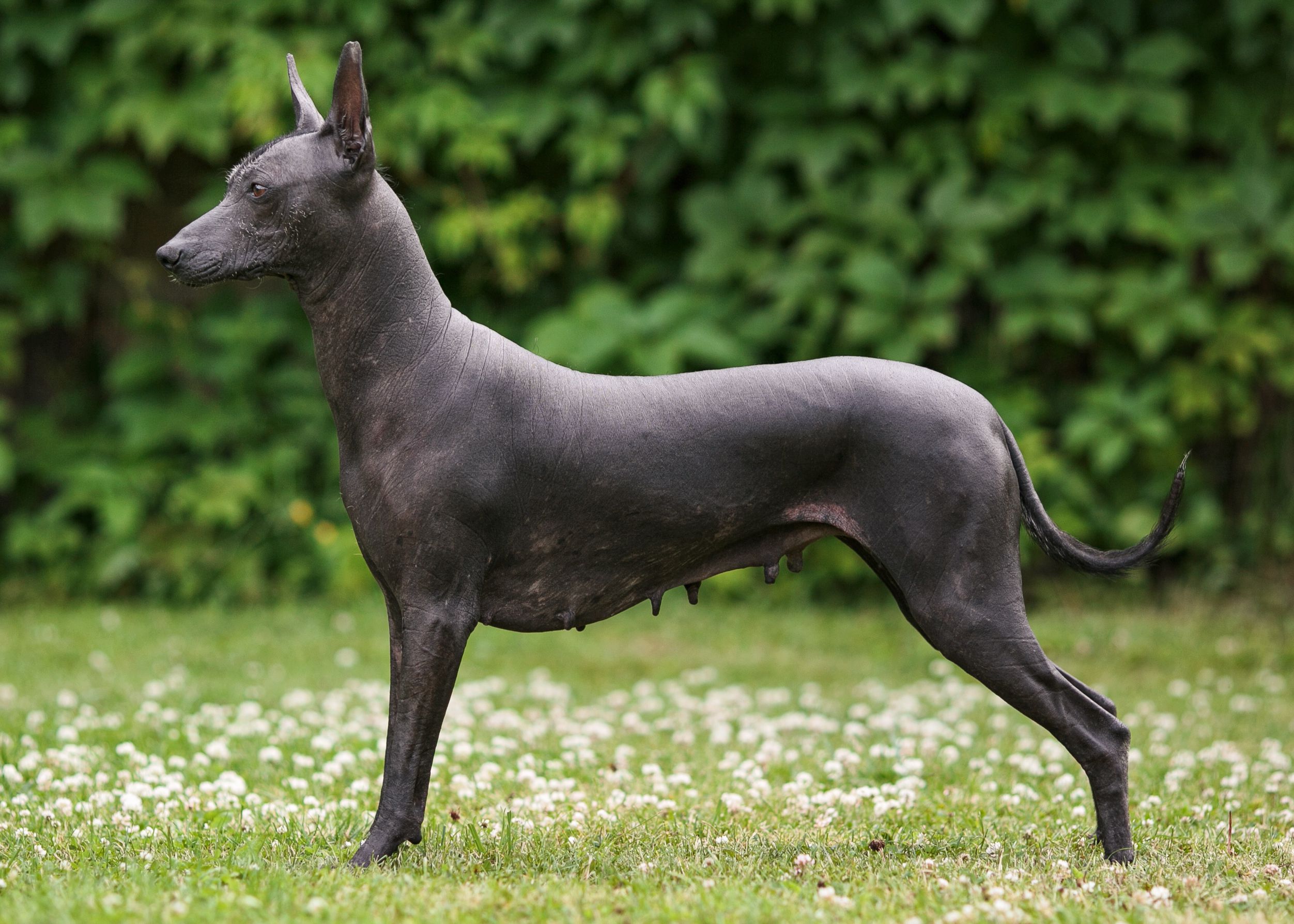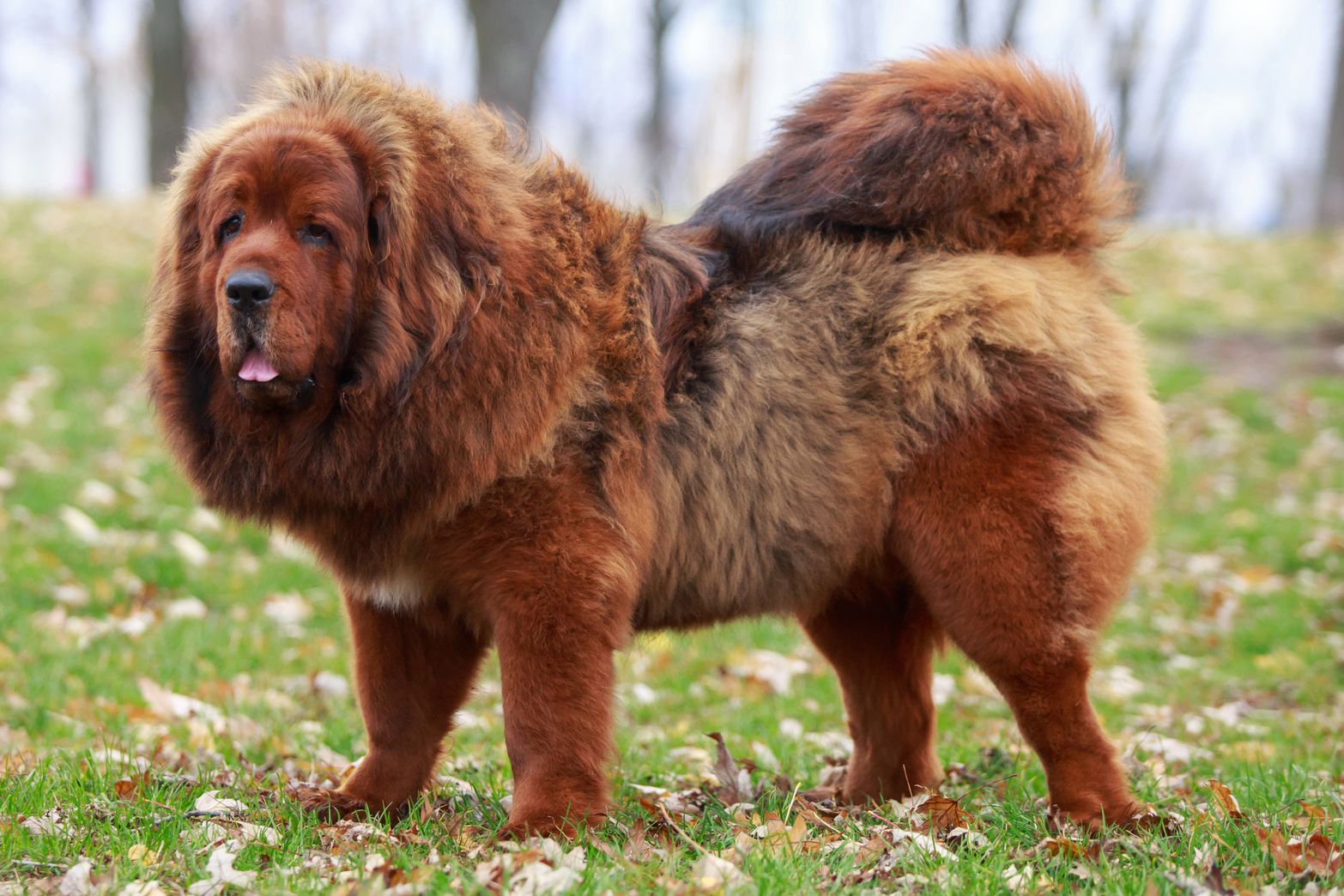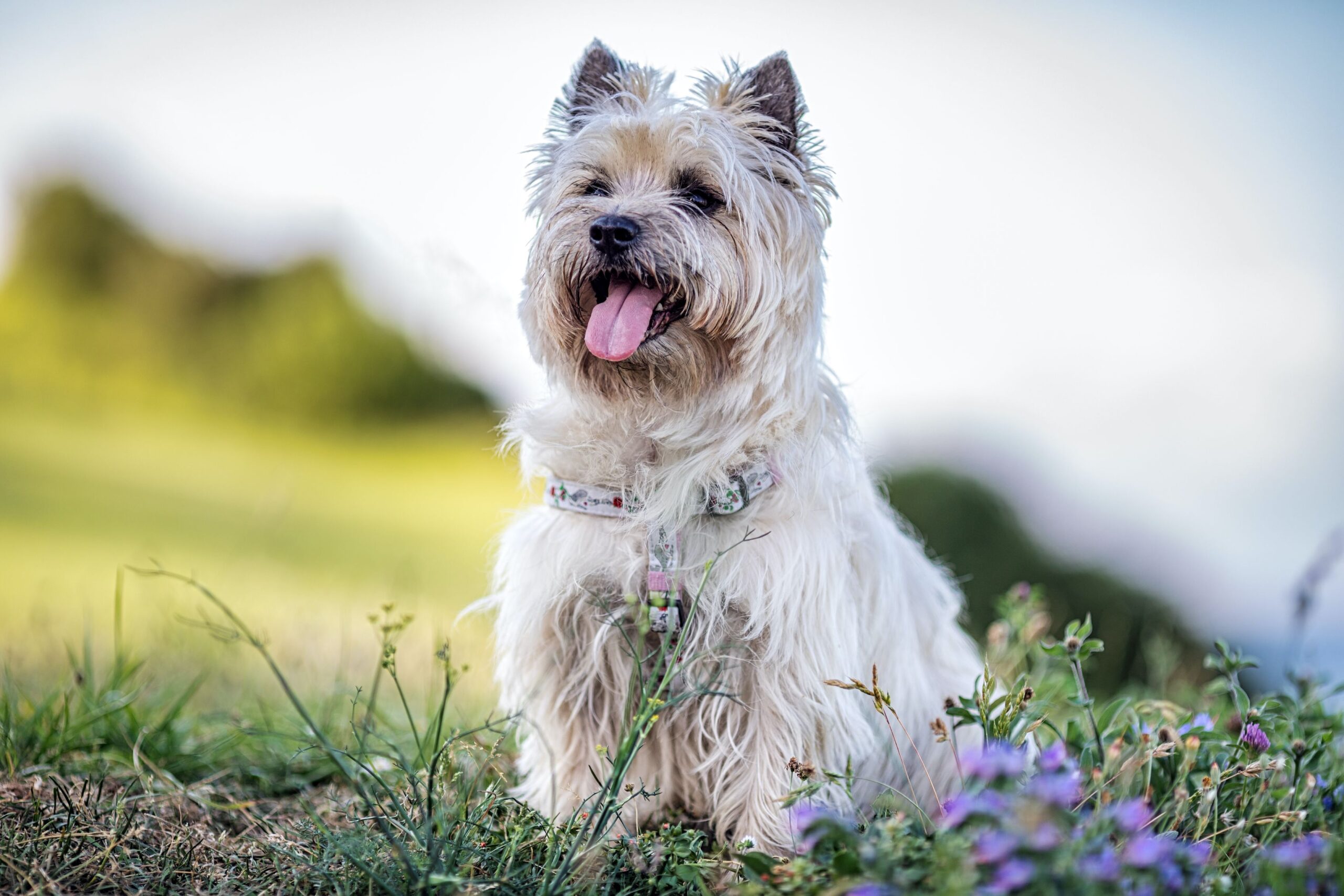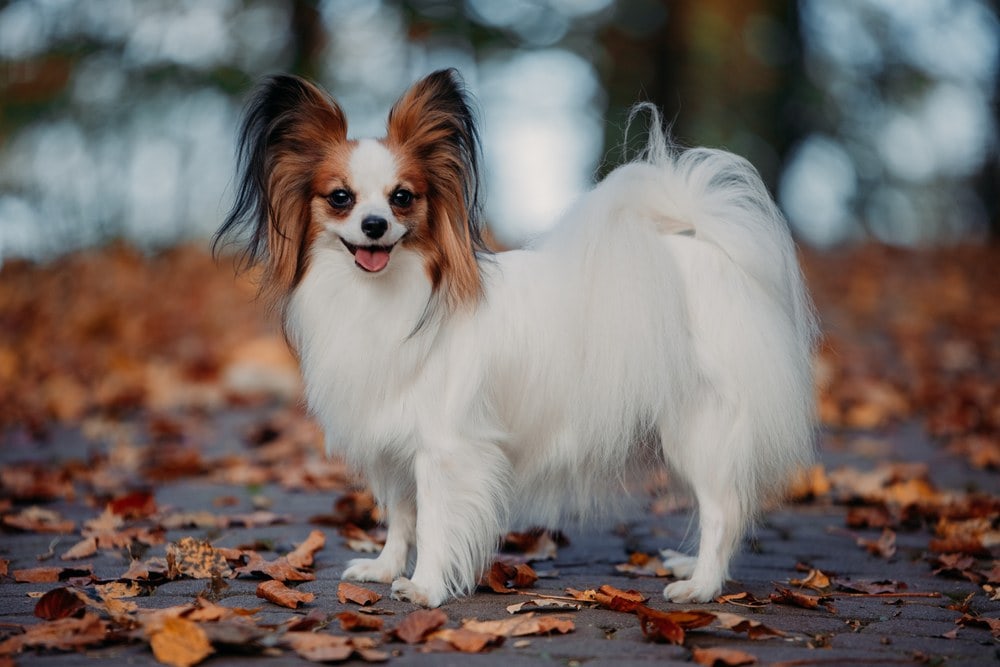Introduction
The Mexican Hairless dog, also known as Xoloitzcuintli or simply Xolo, is a unique and ancient breed that originated in Mexico. They come in three sizes, toy, miniature, and standard, and can range in color from black to slate to bronze. This dog is known for their hairlessness and leathery skin, which requires minimal grooming. They are also intelligent, loyal, and affectionate dogs that make great companions. The breed has a rich cultural significance in Mexico, and is believed to have healing powers by some indigenous communities.
Mexican hairless dog Temperament
This breed, also known as the Xoloitzcuintli, is known for being loyal, intelligent, and affectionate. They are typically reserved with strangers but loyal and loving with their owners. They are also low-maintenance in terms of grooming, as they are hairless or have a short coat.
Aggression
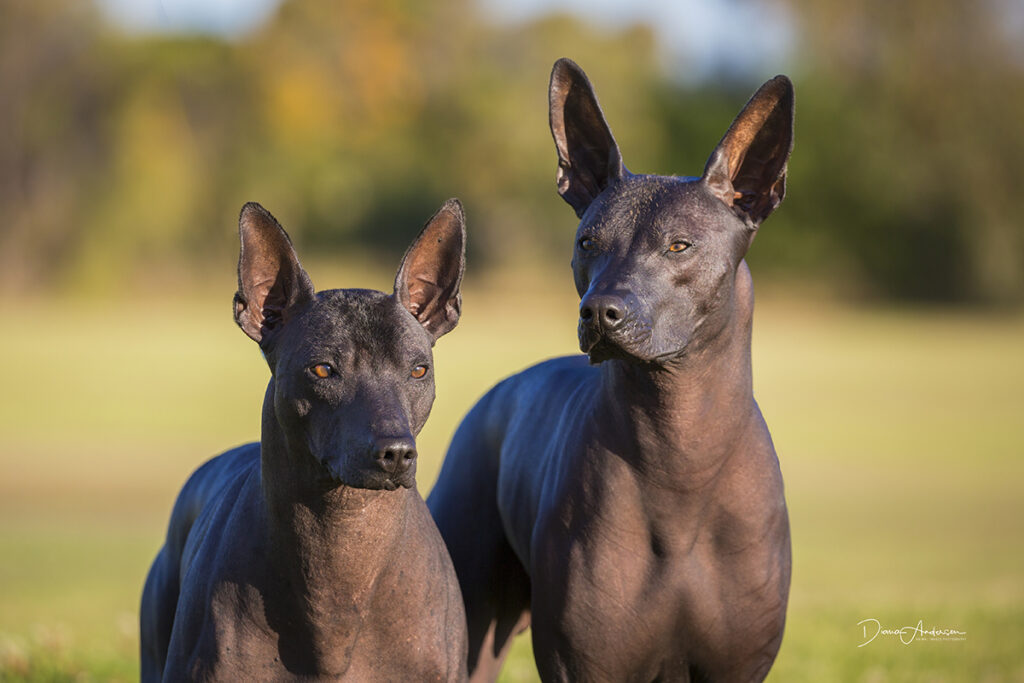
Like all dogs, the Mexican Hairless dog can display aggressive behavior if they feel threatened or scared, or if they are not properly trained or socialized. Common causes of aggression in Mexican Hairless dogs can include fear, territoriality, and resource guarding. Additionally, certain health conditions or pain may lead to aggressive behavior. Early socialization and training can help prevent aggressive behavior from developing in your dog.
Health and Lifespan
The reported lifespan range of the Mexican Hairless Dog breed is between 12 to 14 years.
Food for Mexican hairless dog
The best food for a dog will depend on their age, activity level, and any health conditions they may have. In general, a high-quality dog food that is formulated for small or medium-sized breeds is a good choice for most of dogs. Look for a food that lists a whole protein source as the first ingredient and contains a balanced blend of carbohydrates and healthy fats. Avoid foods that contain fillers, artificial preservatives, or by-products.
Training for Mexican hairless dog
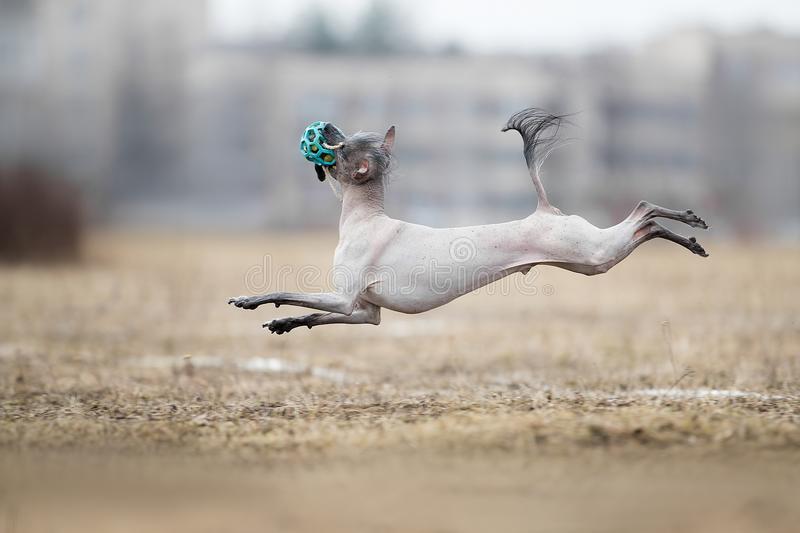
When training a Mexican Hairless Dog, it is important to use positive reinforcement techniques and keep training sessions short and consistent. Focus on basic obedience commands and early socialization with other dogs and people to help prevent any shyness or aggression towards strangers. They are a sensitive breed, so it is important to avoid any harsh training methods or punishment. Regular exercise and mental stimulation, such as puzzle toys or interactive play, can also help keep them happy and well-trained.
Conclusion
In conclusion, the Mexican Hairless dog is a unique and fascinating breed that makes a great companion for those seeking an exotic and loyal dog. They are known for their hairlessness and leathery skin, which require minimal grooming, and are also intelligent, affectionate, and adaptable dogs. As with all dogs, early socialization and training are important to prevent potential behavior issues. Additionally, feeding your dog a balanced and high-quality diet, as recommended by your veterinarian, can help ensure their overall health and well-being. Overall, this dog is a wonderful breed for those looking for a unique and devoted companion.
